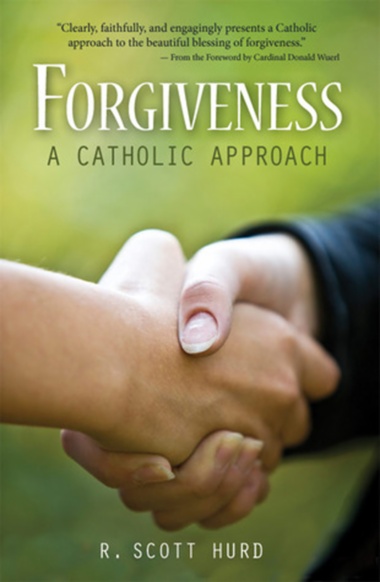This revised and expanded edition of Forgiveness: A Catholic Approach will equip and inspire you to move toward forgiving those who have hurt you. With the power of God's grace, you can work through the process of forgiveness and find freedom in Christ.This book teaches all about forgiveness: what forgiveness is and what it isn't; how to forgive and why. It addresses questions that Catholics grapple with today more than ever before: forgiving the Church; working with anger; forgiving when we can't reconcile; forgiving and not condoning behavior; and how forgiveness doesn't mean we forget, but helps us remember differently.Filled with many vignettes of contemporary transgressions that have been transformed through acts of forgiveness-including situations of domestic violence, the Rwandan genocide, and the attacks of September 11, 2001-author Scott Hurd insightfully includes a chapter on "Forgiving the Church," which many believers will find helpful as we continue to struggle with the revelations of sexual abuse by clergy and its cover-up.Hurd's Forgiveness: A Catholic Approach faithfully reveals the many misunderstood dimensions of forgiveness: it's not something to be earned, forced, or deadline-driven. Forgiving is a decision, a process, and often a lifelong journey.

